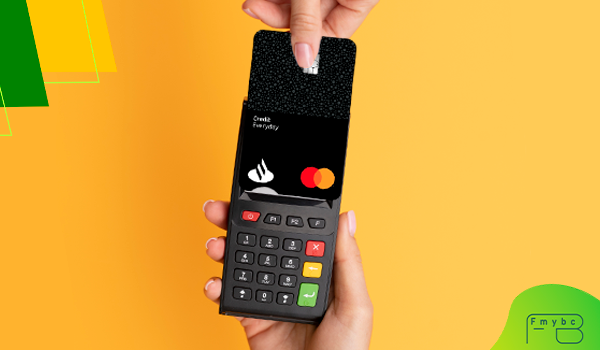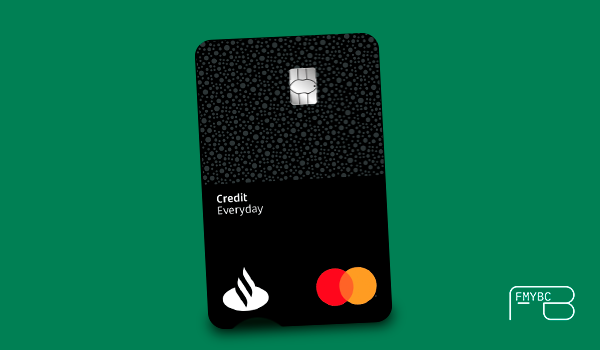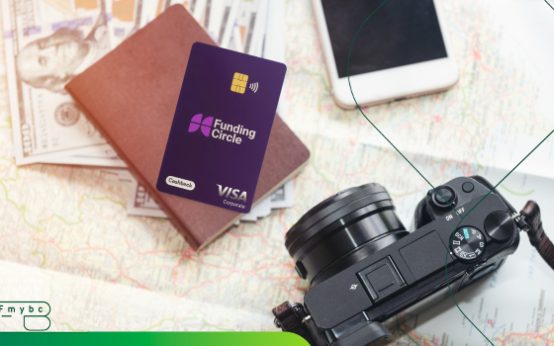
This guide covers application tips, repayment planning, hidden cost traps, and lesser-known benefits that can increase the card’s usefulness beyond its headline 0% offer.
1. Step-by-Step Guide to Applying
Check Your Eligibility
Use Santander’s online eligibility checker to assess your chances without affecting your credit score. This “soft search” tool is essential for avoiding unnecessary hard credit checks, which can temporarily lower your score.
Review Balance Transfer Amounts
- Maximum credit limit will depend on your credit history and income.
- You can transfer up to 95% of your credit limit from non-Santander Group UK cards.
Prepare Required Documents
- Proof of ID (passport or driving licence)
- Proof of address (utility bill or bank statement)
- Employment and income details
Submit Application Online
Most approvals are instant. If further checks are required, Santander may request additional documents.
2. Best Practices During the 0% Period

A. Focus on Debt Repayment First
Divide your transferred balance by 12 and make that payment each month. For example, a £3,000 transfer requires £250/month to clear before interest applies.
B. Avoid Mixing Large Purchases and Transfers
If you add purchases after the 3-month 0% purchase window, interest will accrue from the purchase date. This can complicate repayments as payments are allocated to higher-interest balances first.
C. Set Up Direct Debit Payments
A missed payment incurs a £12 late fee, removes promotional rates, and harms your credit score. Direct debits ensure you never miss the due date.
3. Insider Hacks Few People Use
- Mid-Month Transfers: Initiating your balance transfer mid-cycle can give you extra interest-free days before your first payment is due.
- Stacking with Cashback: Use the 3-month purchase window for essential, high-value spending at retailers offering Santander Boosts cashback — effectively earning while borrowing.
- Simulated Early Payoff: Even if you can’t repay early, overpaying in the first months reduces your average daily balance, lowering interest risk if you miss the full payoff deadline.
4. Hidden Costs to Watch Out For
- Post-0% Period Transfers — After 12 months, transfers cost 3% (min £5).
- Cash Advances — These incur immediate interest at ~29.9% and a 3% fee.
- Overseas Usage — Purchases abroad attract a 2.95% foreign transaction fee; cash withdrawals overseas incur both this fee and cash advance interest.
- Returned Payment Fee — £12 if a payment bounces.
5. Maximising Value with Parallel Products
To extend your interest-free period beyond 12 months without paying transfer fees, consider pairing with another no-fee 0% balance transfer card and “laddering” your debt. Examples:
- TSB Platinum Balance Transfer (no fee, shorter 0% period)
- Halifax No Fee Balance Transfer Card (no fee, up to 20 months)
By transferring before your Santander promo ends, you avoid the post-0% fee and interest.
6. FAQs – Advanced & Non-Obvious Questions
Can I transfer balances from multiple cards?
Yes, as long as the total stays within 95% of your Santander credit limit.
Will closing my old card improve my credit score?
Not necessarily. Keeping it open (with a £0 balance) may help your credit utilisation ratio.
Can I use the purchase 0% period for large electronics purchases?
Yes, but ensure they are within the first 3 months and ideally repay them before the period ends.
Is it worth using Santander Boosts during the BT period?
Yes — as long as you avoid interest-bearing purchases after the initial 3 months.
Can I transfer debt from a loan, not a credit card?
No, only UK-issued credit cards and some store cards qualify.
What happens if I miss a payment?
You’ll lose your promotional rates and revert to standard APRs — this can be financially devastating.
7. How to Beat the APR Trap
The biggest risk with any 0% card is failing to repay before the promotional period ends. A disciplined repayment schedule is non-negotiable:
- Create an automatic transfer to cover at least the monthly target payment.
- Set reminders for the final 3 months to ensure you’re on track.
- If you can’t clear the balance, have your next no-fee 0% card ready for a transfer.
8. Alternative Solutions for Different Profiles
- For Larger Balances: Consider cards with a 24–36 month 0% period, even with a 3% fee (e.g., Virgin Money 36-Month Balance Transfer).
- For Ongoing Spending Needs: Cards with a longer purchase 0% period (e.g., Barclaycard Platinum Purchase) may be better suited.
- For Frequent Travellers: A no-foreign-fee card (e.g., Halifax Clarity) avoids overseas charges.
Conclusion
The Santander Everyday No Balance Transfer Fee Credit Card is one of the UK’s most cost-efficient options for borrowers with short-term repayment goals. Used strategically — with disciplined monthly payments, avoidance of interest triggers, and smart cashback use — it can deliver 100% fee-free debt clearance over 12 months.However, the key to unlocking its full potential lies in planning your exit strategy before the 0% period ends. By combining this card with careful financial management and possibly a follow-up no-fee card, you can keep your borrowing costs at zero for far longer than the initial 12 months.



 Fluid Credit Card Guide: Maximize Your Balance Transfer Strategy Without Paying Hidden Interest <p style='font-size:14px;'>A step-by-step guide to using the Fluid credit card wisely — and avoiding the common mistakes many UK borrowers make.</p>
Fluid Credit Card Guide: Maximize Your Balance Transfer Strategy Without Paying Hidden Interest <p style='font-size:14px;'>A step-by-step guide to using the Fluid credit card wisely — and avoiding the common mistakes many UK borrowers make.</p>  How to Get the Most Out of the Santander Edge Credit Card <p style='font-size:14px;'>A hands-on guide to maximizing cashback, avoiding hidden costs and comparing smarter options in the UK market.</p>
How to Get the Most Out of the Santander Edge Credit Card <p style='font-size:14px;'>A hands-on guide to maximizing cashback, avoiding hidden costs and comparing smarter options in the UK market.</p>  Advanced Guide to Getting the Most Out of the Funding Circle Business Cashback Card <p style='font-size:14px;'>How to turn a simple business credit card into a smarter cash-flow tool with rewards that support long-term growth</p>
Advanced Guide to Getting the Most Out of the Funding Circle Business Cashback Card <p style='font-size:14px;'>How to turn a simple business credit card into a smarter cash-flow tool with rewards that support long-term growth</p>